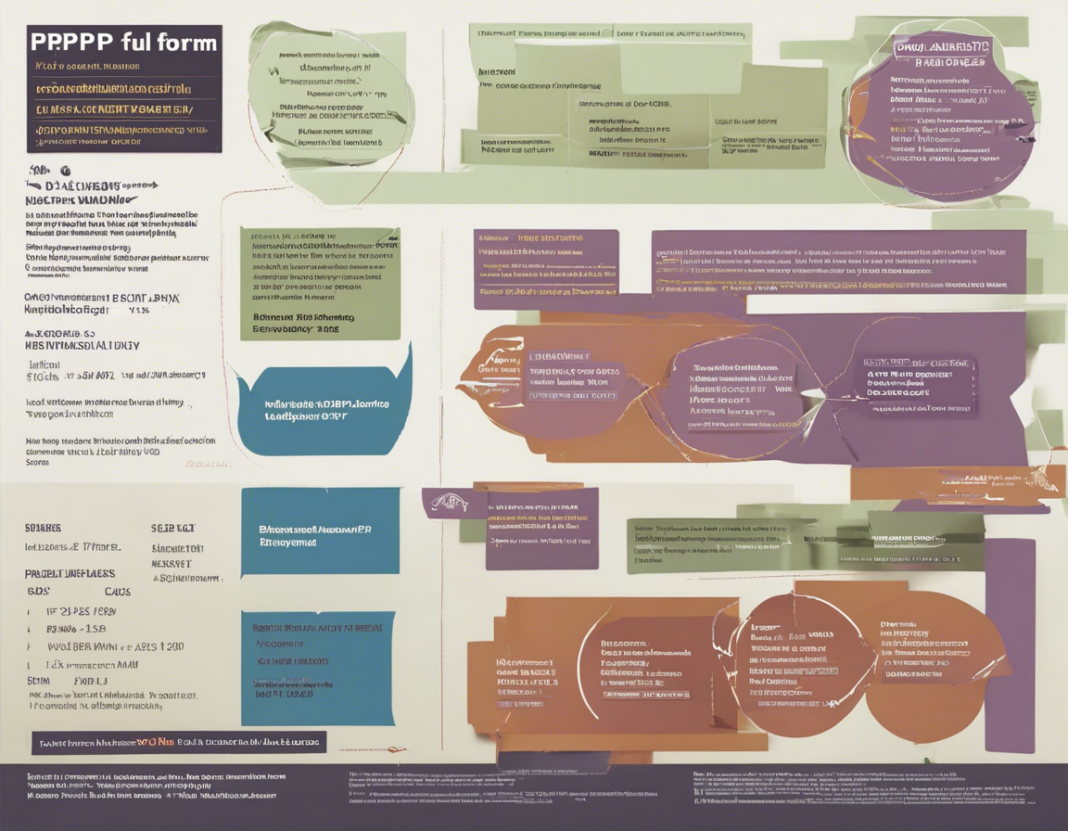PPP in Business: Understanding the Full Form and Significance
In the realm of business and economics, the term PPP holds significant importance and serves as a key concept in various sectors. Understanding the full form and implications of PPP is crucial for businesses, policymakers, and stakeholders alike. In this comprehensive guide, we will delve into the intricacies of Public-Private Partnership (PPP), its various forms, applications, advantages, disadvantages, and its role in driving sustainable development and growth.
What is PPP?
Public-Private Partnership (PPP) is a collaborative arrangement between governmental bodies and private entities for the purpose of delivering a public service or project. It involves a contractual agreement where the responsibilities, risks, and rewards are shared between the public sector (government) and private sector (businesses). The overarching goal of PPP is to leverage the strengths of both sectors to efficiently and effectively deliver projects and services that benefit the public.
Types of PPP
PPP can take several forms, depending on the nature of the project and the level of involvement of each party. Some common types of Public-Private Partnerships include:
-
Build-Operate-Transfer (BOT): In a BOT arrangement, a private entity is granted the right to finance, design, build, and operate a facility or infrastructure for a specific period. Once the contract ends, ownership is transferred to the public sector.
-
Build-Own-Operate-Transfer (BOOT): Similar to BOT, in a BOOT model, the private entity retains ownership of the facility even after the contract period expires, with the option to transfer it to the public sector at a later stage.
-
Design-Build-Finance-Operate (DBFO): Under this model, the private sector is responsible for designing, building, financing, and operating the project over a specified period, after which ownership may be transferred to the public sector.
-
Concession: In a concession agreement, the private sector is granted the right to operate a public service (such as a toll road or airport) for a set period, in exchange for an upfront payment or ongoing fees.
Benefits of PPP
1. Efficient Project Delivery:
PPP allows for the harnessing of private sector expertise, innovation, and resources, leading to the timely and cost-effective delivery of public projects.
2. Risk Sharing:
By sharing risks between the public and private sectors, PPP projects are better equipped to handle uncertainties and complexities, thereby enhancing project sustainability.
3. Innovation and Technology Integration:
Private sector involvement often brings in innovative technologies, processes, and management practices that can uplift the quality and efficiency of projects.
4. Enhanced Service Quality:
Competition and performance-based contracts in PPP arrangements incentivize private entities to deliver high-quality services to meet public expectations.
5. Economic Development:
PPP projects can stimulate economic growth, create job opportunities, and attract investments, thereby contributing to overall development.
Challenges and Disadvantages of PPP
While Public-Private Partnerships offer numerous benefits, they also come with their set of challenges and drawbacks. Some common disadvantages of PPP include:
1. Cost Overruns and Delays:
PPP projects may face cost overruns and delays due to complexities in contract management, regulatory issues, and changing market conditions.
2. Lack of Transparency:
Critics argue that PPP contracts often lack transparency, leading to concerns about accountability, public interest, and potential conflicts of interest.
3. Financial Risks:
Private entities involved in PPP projects may face financial risks related to market fluctuations, revenue uncertainties, and funding constraints.
4. Quality Concerns:
In some cases, cost-cutting measures by private partners may compromise the quality of services delivered under PPP arrangements.
5. Public Opposition:
PPP projects can face resistance from the public, especially if perceived as privatizing essential services or lacking public consultation.
PPP in Sustainable Development
The role of Public-Private Partnerships in driving sustainable development goals cannot be overstated. By aligning with the United Nations’ Sustainable Development Goals (SDGs), PPP projects have the potential to address key global challenges such as climate change, poverty alleviation, healthcare access, and infrastructure development. By fostering collaboration between governments, businesses, and civil society, PPP can pave the way for inclusive and sustainable growth.
FAQs (Frequently Asked Questions)
1. What sectors commonly employ PPP models?
Public-Private Partnerships are prevalent in sectors such as transportation, energy, water and sanitation, healthcare, education, and infrastructure development.
2. How are risks allocated in PPP contracts?
Risks in PPP contracts are shared between public and private partners based on factors such as construction risks, operational risks, revenue risks, and force majeure events.
3. Can small businesses participate in PPP projects?
Yes, small and medium-sized enterprises (SMEs) can participate in PPP projects either as primary contractors, subcontractors, or through joint ventures with larger firms.
4. Are PPP projects subject to government regulations and oversight?
Yes, PPP projects are subject to regulatory frameworks, oversight mechanisms, and compliance requirements set forth by governmental bodies to ensure transparency and accountability.
5. How are PPP projects financed?
PPP projects are typically financed through a combination of private investments, bank loans, public funds, user fees, and other revenue streams, depending on the project’s scope and financial structure.
